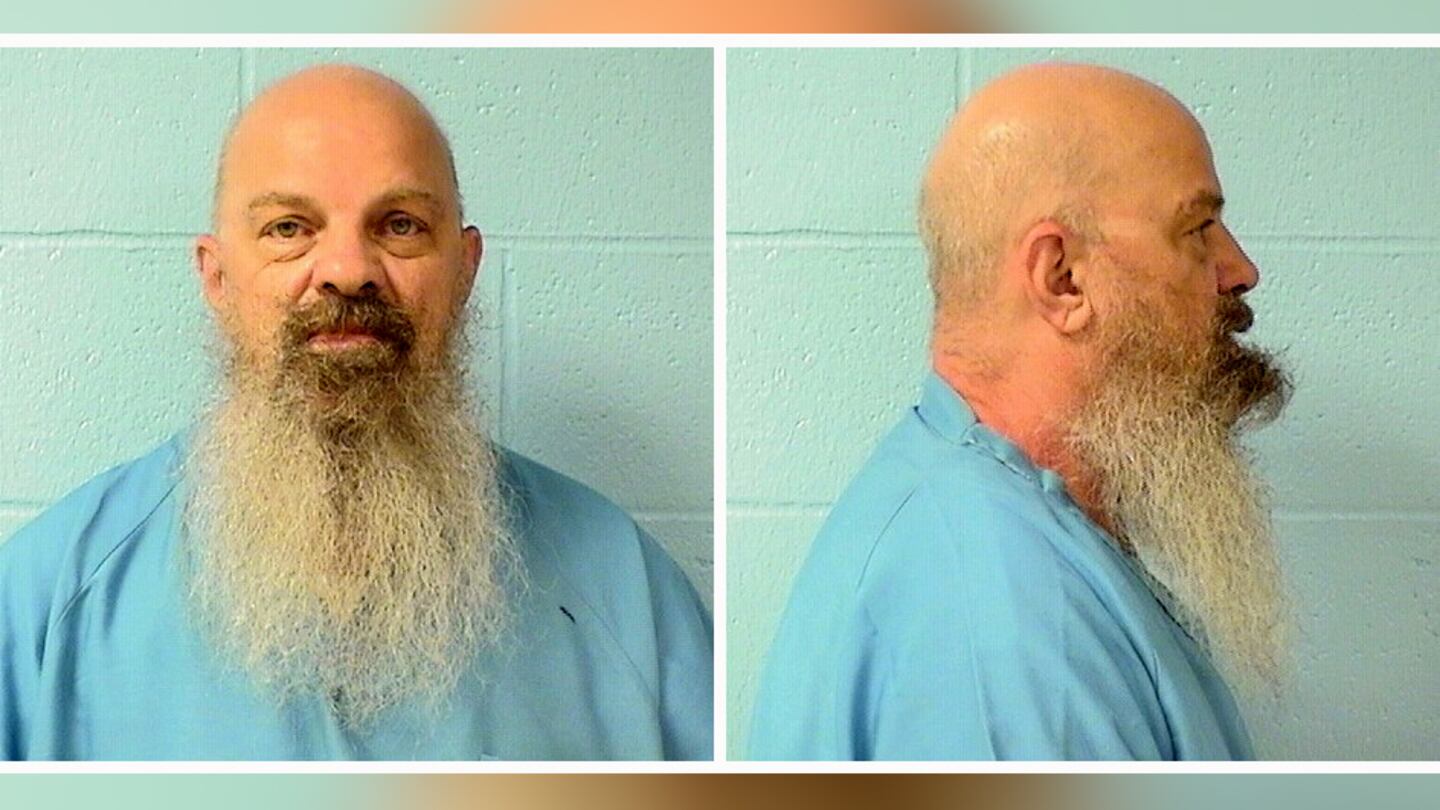NAPERVILLE, Ill. — Answers have long eluded the family and friends of Julie Ann Hanson, who was slain one summer day in 1972.
Hanson, 15, of Naperville, Illinois, vanished that July 7 after borrowing her brother’s bike to go to a baseball game. Her parents, Jerome and Marguerite Hanson, reported her missing when she failed to return home.
“The department, the following day, put together an exhaustive search for Julie, along with members of the community,” Naperville police Chief Robert Marshall said Friday. “The bike was discovered on a gravel road off 87th Street and Knoch Knolls Road.”
Her body was found in a nearby cornfield during a search of the area. Investigators said at the time that Hanson had been sexually assaulted and stabbed 36 times, according to the Chicago Sun-Times.
The crime “haunted” the community, which was hit hard by the teen’s brutal death, the chief said.
“Unfortunately, the offender was not immediately found and our department never, in five decades, gave up in looking for Julie’s killer,” Marshall said during a news conference. “The last 49 years, we’ve chased many leads, identified many suspects and all were eliminated through the exhaustive investigation of our detectives.”
Though the case stalled, Marshall said it was never considered “cold.” Detectives came and went over the years, some retiring without ever having brought closure to the case and to Hanson’s family.
Last week, the department’s diligence paid off when Marshall and Will County State’s Attorney James Glasgow announced that the teen’s alleged killer had finally been identified.
Barry Lee Whelpley, 76, is charged with three counts of first-degree murder in Hanson’s death. The retired welder was arrested in Mounds View, Minnesota, where he had been living, authorities said.
Whelpley, who was 27 when Hanson was slain, lived less than a mile from her family’s home in 1972, according to police.
Online jail records showed that Whelpley remained in the Ramsey County Jail on Monday, awaiting extradition to Illinois. His bail was set at $10 million.
Hanson’s surviving family members issued a statement through the police chief.
“As you might assume, it has been a long journey for our family,” the statement said. “We are forever grateful to all those who have worked on this case throughout the many years. We would especially like to thank Team Julie, who are truly Julie’s heroes.”
Marshall, who has been with the police department for nearly as long as the case remained open, said that despite the lack of arrests over the years, the unsolved case never strayed far from investigators’ minds.
“We were all conscious of Julie’s murder, looking for the killer, and we had Julie’s picture on our desks in investigations for all these years,” Marshall said.
Ultimately, it would take “tremendous advancements” in DNA testing — and the advent of genetic genealogy — to find Hanson’s alleged killer. The chief declined Friday to go into detail about the DNA evidence that led to Whelpley’s door.
Watch Friday’s news conference below.
Three brutal crimes
Glasgow, the state’s attorney, said Friday that the Hanson homicide was one of three cases in Naperville in the 1970s in which a teenage girl was brutally slain. Roberta Jean “Bobbi” Anderson was killed in September 1973 and Margaret “Margie” Stirn, in September 1978.
Like Hanson, Anderson, 16, of Oswego, vanished while heading home and was later found stabbed to death in a cornfield on an abandoned farm near Naperville. The high school sophomore, who had spent the day helping a friend finish a homecoming float, had been stabbed more than 60 times.
Stirn, 18, vanished as she hitchhiked home from her part-time job at the College of DuPage in Glen Ellyn, according to Illinois Prisoner Review Board records. Her skeletal remains were found in 1986, just feet from where Anderson had been found nearly 13 years earlier.
The two girls were dumped about 2 miles from where Hanson’s body was found in 1972.
Major Morris Jr., a former resident of the area, confessed in 1992 to killing Anderson, according to the Chicago Tribune. Ironically, Morris’ confession came as detectives sought blood and hair samples in connection with the Hanson investigation.
Morris, who was a 19-year-old garbage collector in 1973, first appeared on the police department’s radar when he and his wife moved from their Oswego home days after Anderson’s body was found. When questioned in the immediate aftermath of the homicide, he denied involvement but speculated that Anderson had been killed after rejecting the sexual advances of a stranger.
His confession 19 years later closely mirrored what he told police might have happened to the teen, the review board’s records state.
Morris was convicted of Anderson’s rape and murder in late 1996. A few months later, he was indicted in Stirn’s killing, to which he later pleaded guilty.
He was sentenced to 20 years in prison for Stirn’s murder. Morris, now 66, remains in the Menard Correctional Center, where he is still serving the more than 100 years to which he was sentenced in Anderson’s murder.
Glasgow said Friday that he and Marshall had “lived” the crimes. Marshall became a Naperville police officer in 1977 and Glasgow was appointed as an assistant state’s attorney five years later.
“They’ve been over our shoulder our entire careers,” he said.
Many in law enforcement believed for decades that Morris had killed all three girls.
“But not these guys,” Glasgow said, pointing to the cold case investigators standing behind him. “These guys never rested, never put the file to the side. (They) always kept working, and when new technologies came along, they availed themselves.”
>> Read more true crime stories
The breakthrough did not happen overnight, Glasgow and the chief said. Detectives “left no stone unturned” and pored over the evidence. They collaborated with private labs across the country to test the DNA evidence, analyze the killer’s genetic profile and build his family tree.
They also kept in regular touch with Hanson’s family over the years, even after Jerome Hanson died in 2009 and Marguerite Hanson followed 10 years later.
Glasgow said the charges against Whelpley include a first-degree murder charge based on the 1972 statute. The other charges relate to three different theories of the slaying.
“The case is still under investigation,” Glasgow said. “I’m not promising additional charges, but when you continue an investigation, things arise. We will deal with those as we find them.”
©2021 Cox Media Group











